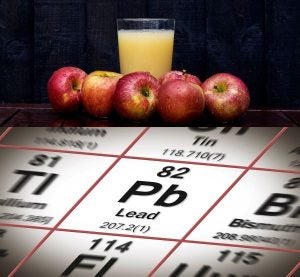By Tom Neltner, Senior Director, Safer Chemicals Initiative, Environmental Defense Fund and Charlotte Brody, National Director, Healthy Babies Bright Futures
Key Message
The scientific consensus is that there is no known safe level of lead exposure, and that no environment or home is truly free of lead.
With a few exceptions, we think it is time to retire the terms “lead-safe” and “lead-free” from our vocabulary. It sends conflicting messages to the public, consumers, and decision-makers. And it may undermine our efforts to reduce children’s exposure to lead from any source.
Rationale
Collectively, we have dedicated over a half-century to protecting children from lead. During that time, we and other advocates have used different terms to communicate our goals. Often, we drew our terms from the federal government. For example:
- “Lead-free” has been used by Congress since 1986 to define drinking water pipes with no more than 80,000 parts per million (ppm) of lead. It kept the term in 2014 when it changed the level from 80,000 to 2,500 ppm. Similarly, FDA issued guidance in 2010 allowing a “lead-free” label on pottery if it meets the agency’s limits on lead.
- “Lead-safe” is in the title for HUD’s 1999 rule to reduce lead-based paint exposure in federally assisted EPA also refers to “lead-safe work practices” in its 2008 renovation, repair and painting (RRP) rule for residential property. In addition, EPA created a “lead-safe” logo in 2010 for certified RRP firms. And HUD, EPA, and CPSC use the term in their pamphlet given to millions of families renting or buying homes built before 1978.
As a result, terms like “lead-safe” and “lead-free” have been commonly used to describe community-wide initiatives, label houses on maps, describe the state of a house after remediation, and much more.
What does lead-free mean? It depends on who you’re asking and what you’re asking about. A contractor may understand the term to mean that a house meets the EPA definition of not having a lead hazard, but does the average resident understand the term the same way? Is it accurate to describe a house as lead-free if there is still lead in the drinking water? Or in the spices in the cabinets?












